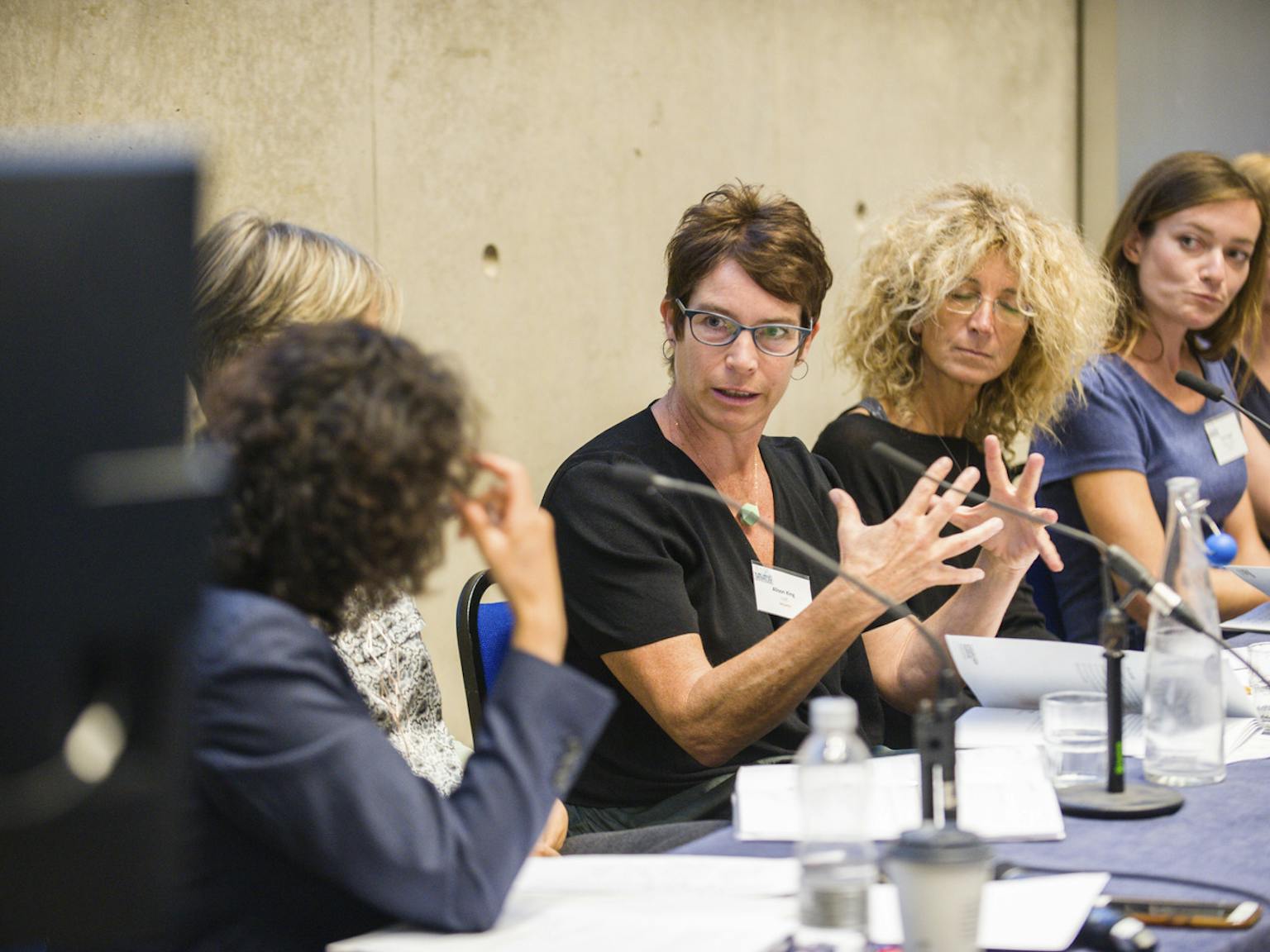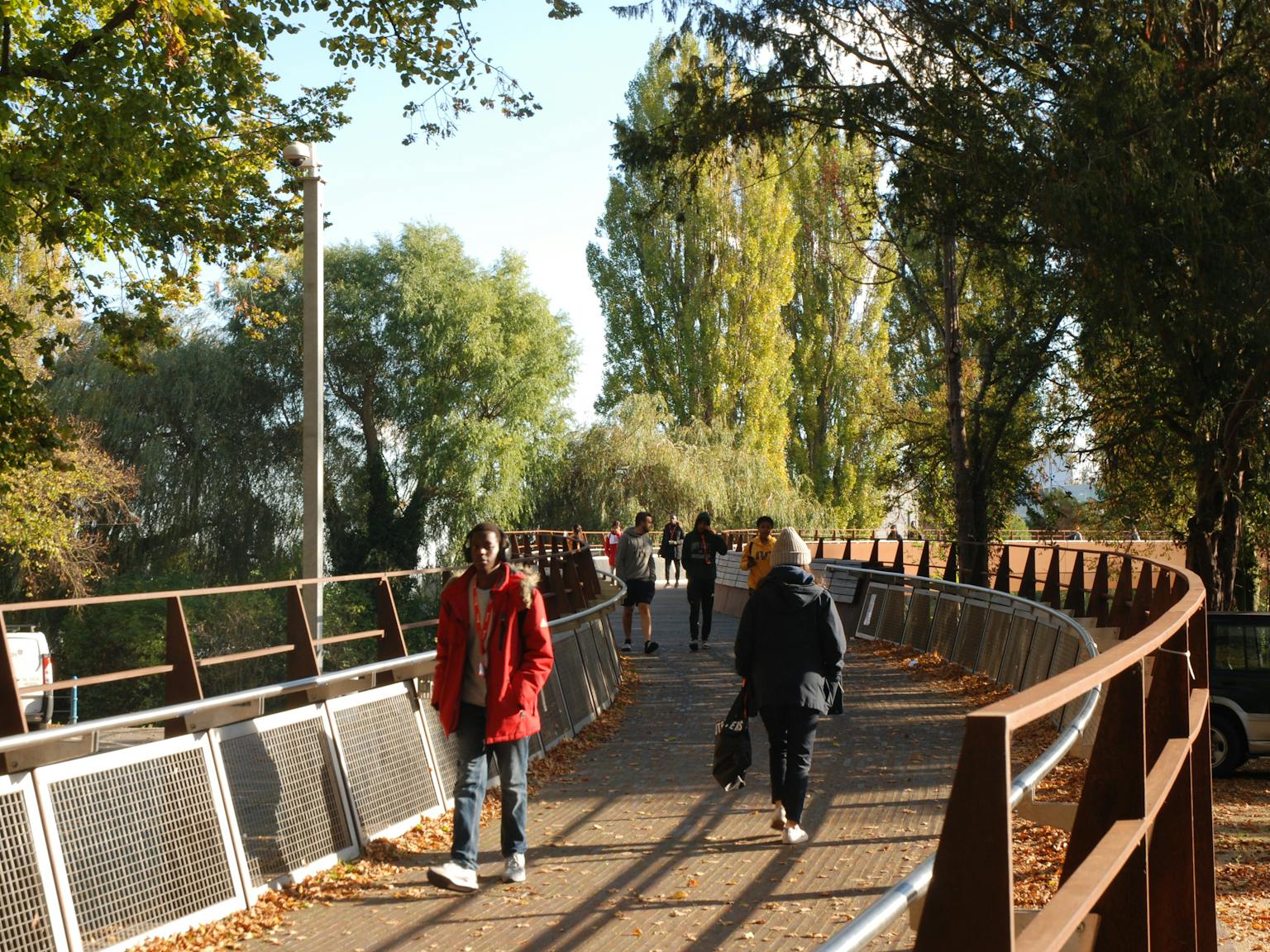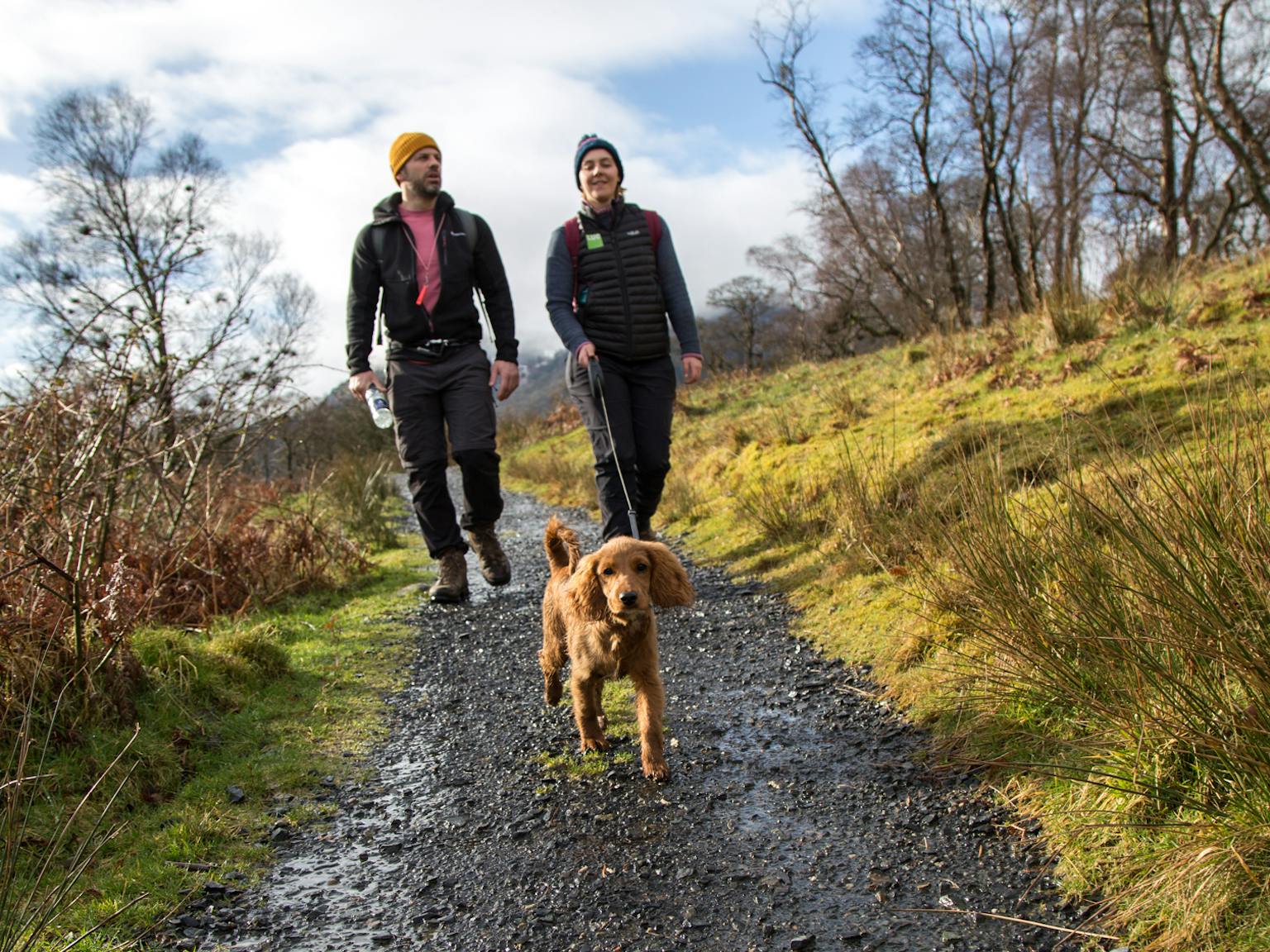
Adapting to Covid-19 – Procedural Guidance
Since the Covid-19 outbreak started to affect the UK in March, there have been numerous updates from government departments about ways in which we can safely continue to work through the lockdown. Now, as the lockdown starts to ease, ensuring that business can quickly return to ‘business as usual’ appears to be a priority.
Aside from the uncertainty inherent in this situation, and its inevitable slowdown impact on market confidence, among the most significant impacts on the development industry have related to the requirement for field work, and the requirement to undertake public consultation.
At the outset, the general advice to applicants and councils alike has been to remain proactive and pragmatic to ensure that unnecessary delays are not introduced because of an inability to gather survey-based evidence. This position is most succinctly expressed within England’s Chief Planner’s letter from March 2020, which states, ‘We ask you to take an innovative approach, using all options available to you to continue your service… We encourage you to be pragmatic and continue, as much as possible, to work proactively with applicants and others.’
The following provides an indication of the types of pragmatic and innovative approaches that may be available in relation to undertaking public consultation or survey work.
Field Surveys
During the lockdown, it has been difficult (and sometimes impossible) to visit sites to collect survey data. This has affected numerous disciplines, including Ecology, Heritage, and Landscape Visual Impact Assessment. To address this difficulty, official advice has encouraged a degree of flexibility in the application of acceptable survey methods. It should be remembered that each project’s attributes will be, to a greater or lesser extent, unique, and therefore there is unlikely to be a ‘one size fits all’ solution.
Appropriate pragmatic and innovative approaches to allow a project’s impact to be assessed should be discussed with the appropriate decision-making organisation as early as possible in the pre-application process. Key factors that are likely to affect the acceptability (or otherwise) of an alternative approach include:
- The amount of existing information from survey work already undertaken;
- The relative importance of the receiving environment (species, heritage asset, or vista);
- Size, complexity, and general interest in the scale of potential impacts;
- The need for survey information for licensing purposes and to avoid an offence being committed; and
- The degree to which a precautionary approach can be adopted in the siting and design of proposals and/or inclusion of mitigation measures.
The over-arching theme through much of this advice has been to prioritise safety, and the protection of everyone’s health. Following this, advice has been focussed on trying to maintain ‘business as usual’ as far as possible.
Public Consultation
As physical distancing measures have been introduced and public buildings, usually central to public consultation, have been closed; the nature of public consultations have been forced to evolve. The past few months have seen significant investment in online consultation tools, designed to allow information to be as accessible as possible, even to those unfamiliar with a digital interface, as access to physical spaces has been restricted.
As social distancing may continue to act as a limiting factor for public gatherings even after buildings are opened, and people may be hesitant to attend a gathering for some time, which may restrict levels of engagement, we have developed a suite of new and upgraded online consultation tools to assist with creating and maintaining connections between applicants or councils and affected communities and stakeholders.
Our Online Consultation Hub can be tailored to a project’s needs and is intended to act as a single ‘hub’ for engagement. Content can include:
- Links to questionnaires and surveys
- Plans, images, virtual models, or visualisations which can even be set up on walls in a virtual room – a 3D engagement space
- Interviews and video content
- An introduction to the project team, including photos and / or video messages
- An interactive map with the ability to drop pins or draw shapes and add comments to express views, for example, ‘this busy road makes it difficult to access the park’, or to ask questions, for example ‘why have we put benches here?’
- A virtual whiteboard where general comments or questions can be included
- A link to register to attend a virtual workshop or presentation
- Links to social media platforms e.g. Facebook, Twitter, Instagram
This development is able to provide continuity for many projects, including Green Infrastructure Strategies, Environmental Impact Assessment (EIA), Landscape and Visual Impact Assessment (LVIA) and Masterplans, which could otherwise be delayed during this time. Central to this is a good understanding of GDPR requirements for each engagement exercise.
As necessity breeds invention and appropriate consultation processes evolve in the face of the current health crisis, we’re often left waiting for regulations to catch up with practice. This is particularly true in England, where:
- Regulation 15 of The Town and Country Planning (Development Management Procedure) (England) Order 2015 (as amended) still requires a physical site notice to be in place on or near the application site for 21 days from the point of application; and
- Regulation 35 The Town and Country Planning (Local Planning) (England) Regulations 2012 requires a document ‘made available’ by a Local Planning Authority to be ‘made available for inspection, at their principal office and at such other places within their area as the local planning authority consider appropriate, during normal office hours’ , notwithstanding that such offices are often currently closed as a matter of course.
As the physical requirements for public consultation change (e.g. the need for physical site notices relating to planning application, and centrally available physical copies of documents) we look forwards to seeing the regulations updated to prevent further unnecessary delays to the development sector.
This is a constantly evolving situation, and departments are regularly updating their advice. The following links provide access to some useful points of reference:










